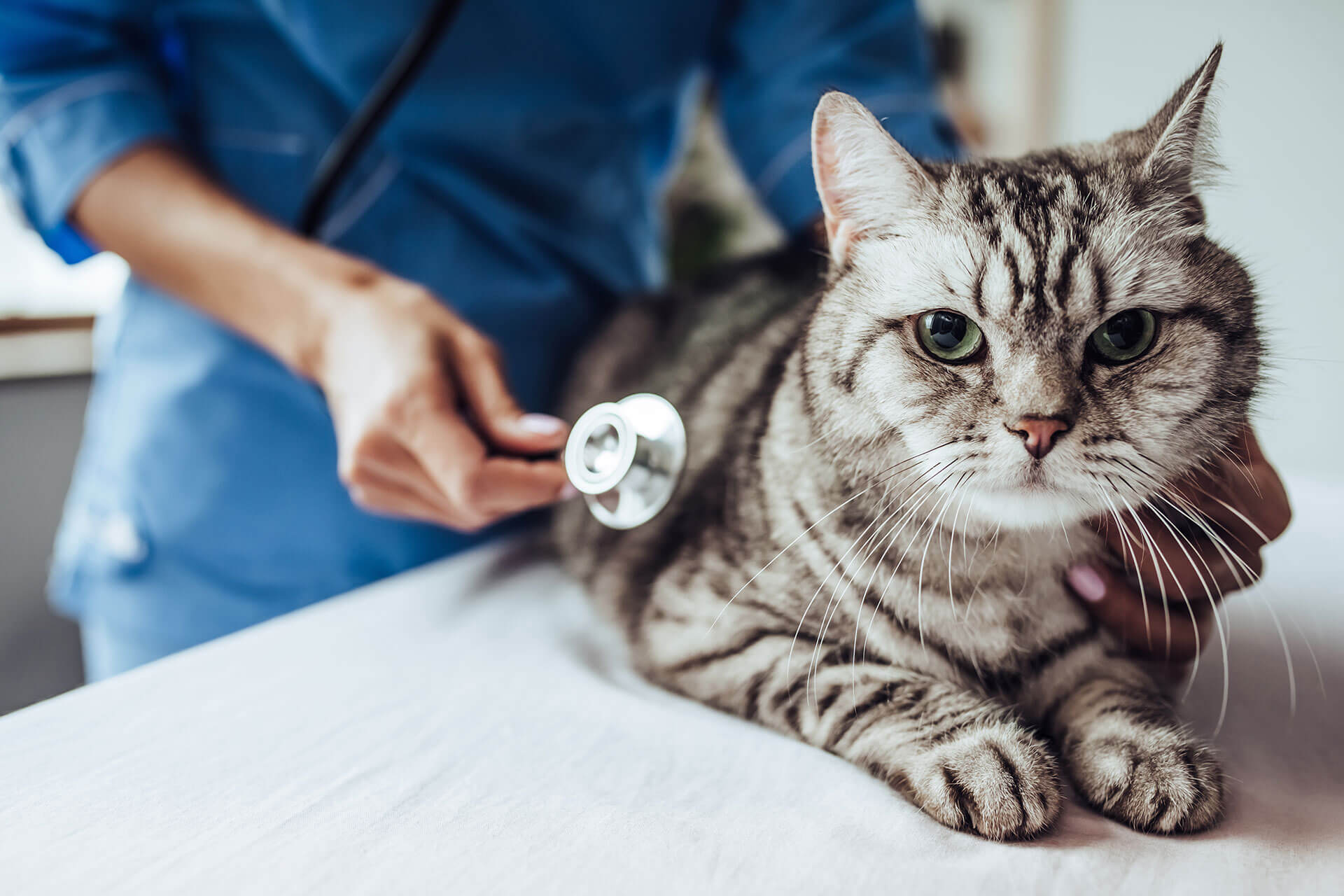Feline diabetes, or feline diabetes mellitus, is a fairly common endocrine disorder among our furry friends. Fortunately, modern treatment methods allow for maintaining the body’s condition and ensuring a comfortable life for the animal. However, it is crucial to start treating diabetes in cats at an early stage to prevent the disease from progressing to a critical state.
Signs of feline diabetes may include:
1. Increased urination. If you notice that your pet is urinating more frequently than usual, it could be a symptom of diabetes in cats. Animals with the disease experience intense thirst and often drink water frequently.
2. Weight loss. If your pet is losing weight without a visible cause, it may be related to feline diabetes. This occurs because the body cannot properly use sugar as an energy source.
3. Loss of appetite. Pets with feline diabetes often refuse food or eat less than usual.
Causes of the disease
This condition in cats develops for various reasons, including genetic predisposition, improper nutrition, or obesity. It is essential for pet owners to recognize the signs of this disease in a timely manner and seek immediate veterinary attention at the Haabersti Animal Clinic in Tallinn. Here, your beloved pet will undergo comprehensive diagnostics and receive competent treatment at an affordable price.
Treatment of feline diabetes
Feline diabetes treatment, like in humans, increases blood glucose levels, leading to various complications and disturbances in the body, including problems with internal organs and overall well-being. Over time, the cat’s condition will worsen, so it is crucial to seek diagnosis and start a treatment course promptly.
To maintain blood sugar levels, the veterinarian at Haabersti Animal Clinic in Tallinn may prescribe insulin, which helps regulate the indicators. It is essential to adhere to the proper diet and regularly monitor blood sugar levels, allowing for the control of diabetes development and significantly improving the quality of life for your faithful companion.
It’s important to understand that each diabetic is unique, and the type 2 of treatment that works for one cat may not suit another. However, with the right approach and following our veterinarian’s recommendations, you and your fluffy friend can rest easy. Regular consultations and careful monitoring of your pet’s health will allow you to enjoy a long and joyful life together.
This serious disease requires attention and professional treatment. Your pet’s lifestyle, diet, activity, and regular veterinary check-ups will help continue a happy life for your cat. With the right therapy and care, your cat hypoglycemia pet will become cheerful and energetic again.
How to schedule an appointment at our clinic
Call the contacts provided on the website and coordinate the date and time with our consultant. And most importantly, don’t worry; the Haabersti Animal Clinic will provide quality assistance to your cat hypoglycemia pet. We will conduct a thorough diagnosis and prescribe effective treatment for your pet. The cost of such services varies depending on the animal’s condition and the required number of supporting procedures.



